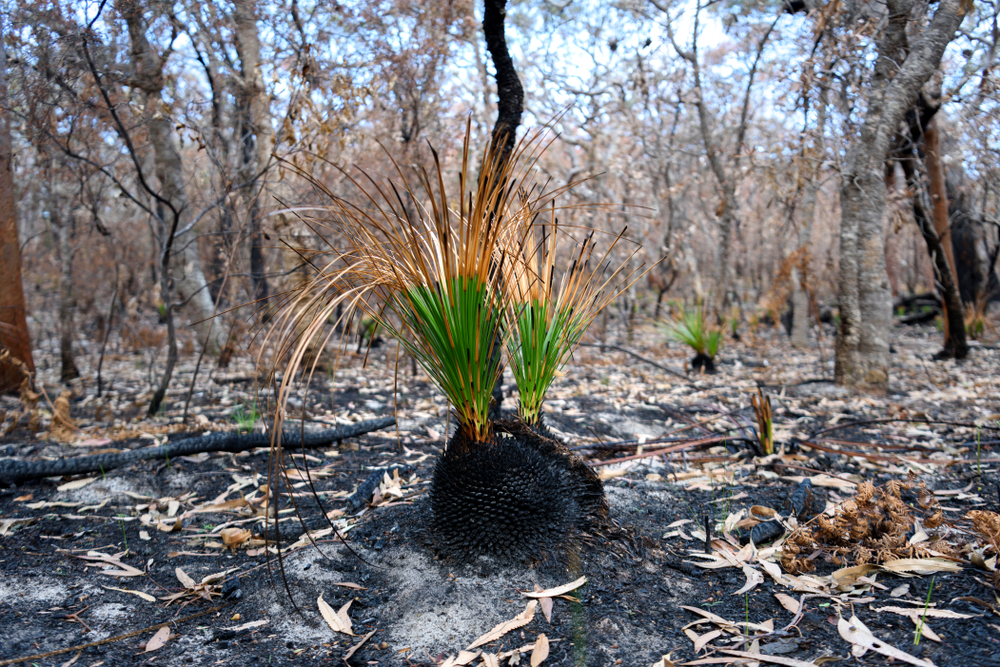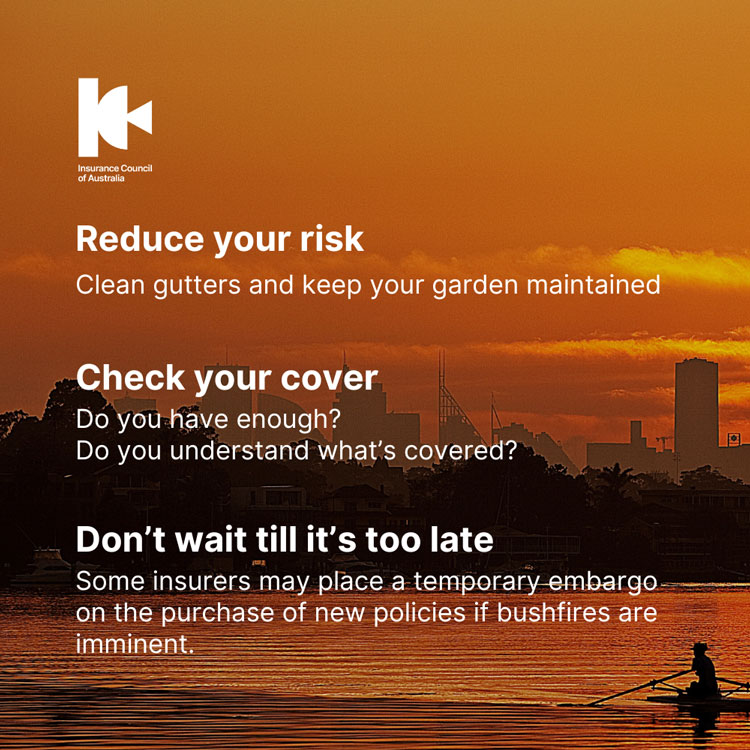Home Disaster & catastrophes Page 8
What to do after a bushfire

Your safety is the priority
- Safety is the priority - don’t do anything that puts anyone at risk.
- If you were directed to evacuate your property, only return to your property when emergency services give the go ahead.
- If your home is unsafe, notify your local authorities and check with your insurance company whether you can claim temporary housing expenses.
Contact your insurer even if you don't know the extent of damage
- Contact your insurer as soon as possible to lodge a claim and seek guidance on the claims process.
- Speak to your insurer before you attempt or authorise any building work, including emergency repairs, and ask for the insurer’s permission in writing, as unauthorised work may not be covered by your policy.
- Do not be concerned if you can’t find your insurance papers. Insurers have electronic records and need only your name, address and date of birth.
- If you are in urgent financial need, you can ask your insurer to fast track your claim and make an advance payment within five business days of you demonstrating your urgent financial need. Any advance payment may be deducted from the total value of your claim.
Cleaning up after bushfire
- Before you start your clean-up take photos or video of damage to your property and contents / possessions to support your claim.
- Remove any damaged items from the property that may pose a health risk. Take photos or keep small samples of damaged items to support your insurance claim.
- Don’t throw away items that could be repaired, unless they pose a health risk.
- Make a list of each damaged item and take photos. If possible, include a detailed description, such as brand, model, and serial number.





